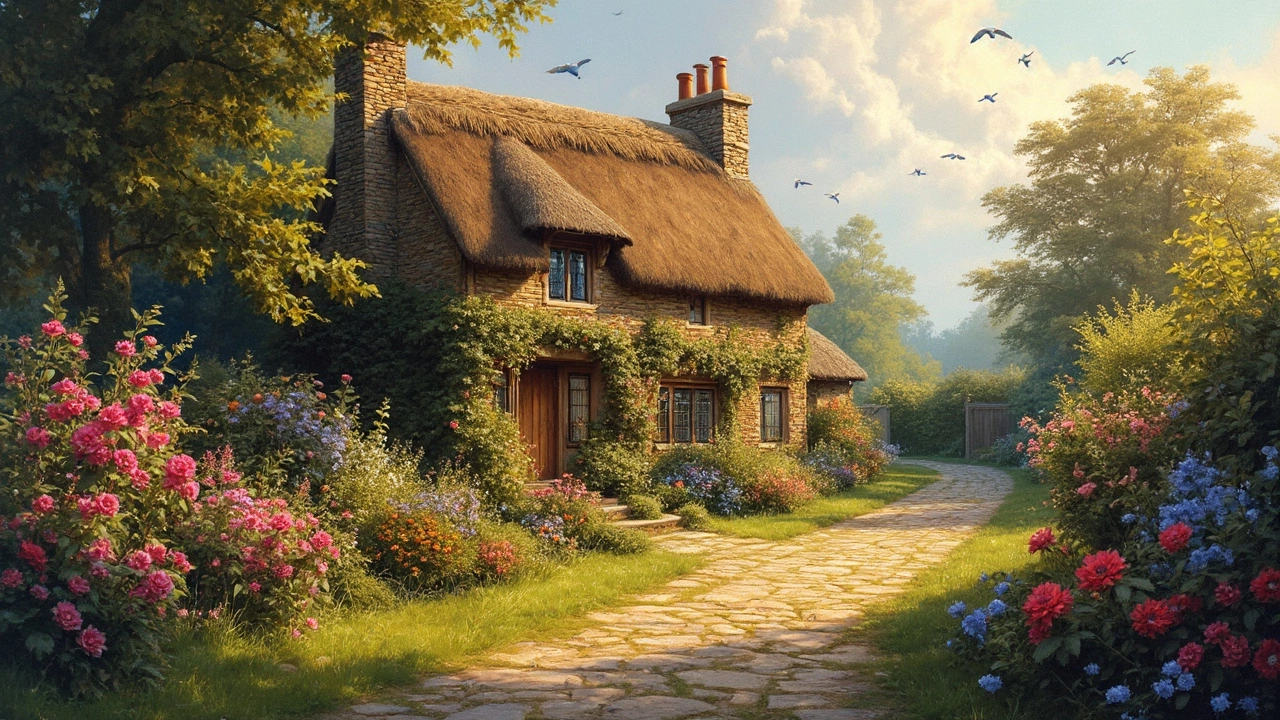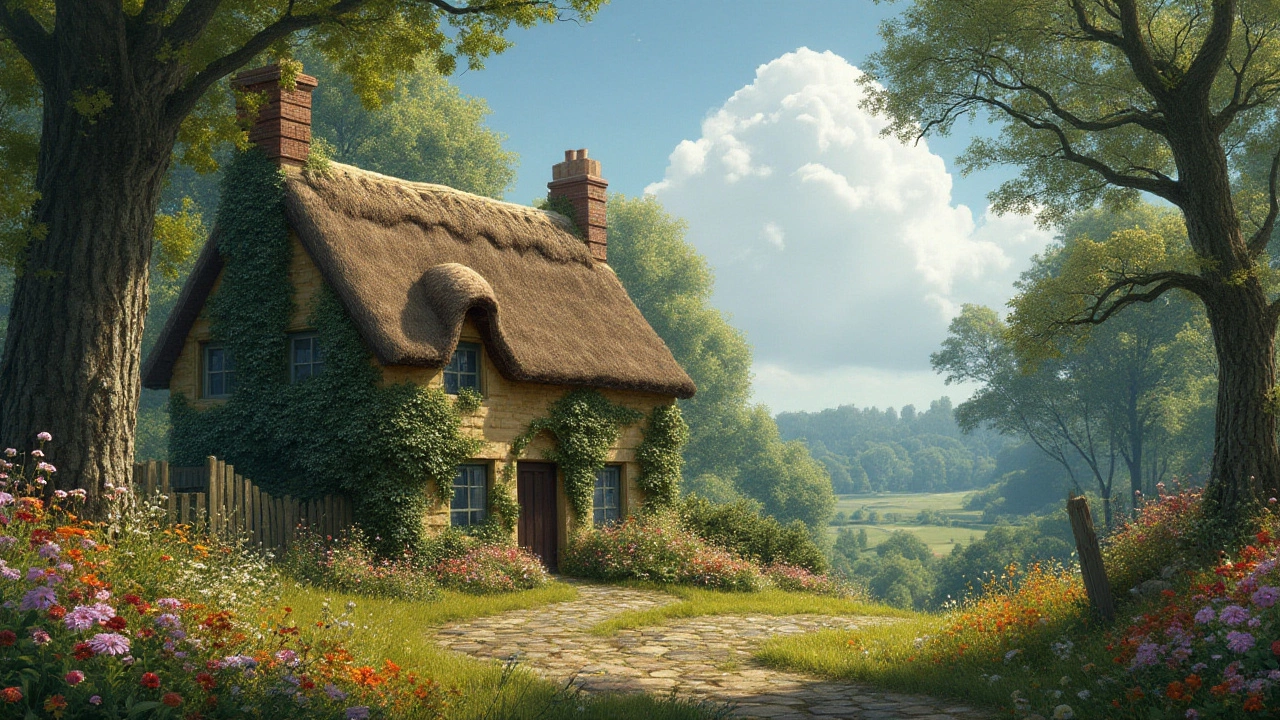Small House Living: Simple Tips for Cozy, Sustainable Spaces
Thinking about downsizing or just love the idea of a tiny footprint? A small house can feel amazing when you focus on the basics: smart layout, clever storage, and a touch of green living. You don’t need a massive floor plan to enjoy comfort – you just need the right approach.
First, ask yourself what you really need every day. Do you cook often? Do you work from home? List the must‑have rooms and the things you can live without. That list becomes your guide when you compare options like a tiny cottage, a compact cabin, or a modern prefab.
Choosing the Right Small House
Start by scouting the type that matches your lifestyle. A traditional country cottage offers charm and a garden, while a sleek tiny house on wheels gives you mobility. Look at the foundation: solid ground, a trailer, or a modular kit. Each choice affects cost, maintenance, and where you can place the home.
Don’t forget to check local building rules. Some councils have size limits or require specific insulation standards. If you’re eyeing a tiny house that can last decades, read up on lifespan factors – quality timber, proper sealing, and regular upkeep can add 20‑30 years to the structure.
Budget matters, too. Small houses can be cheap, but the price jumps when you add high‑end finishes or eco‑friendly materials. Compare the cost of a simple timber frame with a more sustainable option like reclaimed wood or straw‑bale panels. The savings on energy bills from good insulation often pay off fast.
Making Small Spaces Comfortable and Green
Storage is your best friend. Think vertical: tall shelves, hanging racks, and built‑in cupboards that run up to the ceiling. Multipurpose furniture – a sofa that turns into a bed, a dining table that folds away – frees up floor space without sacrificing style.Light is another game‑changer. Large windows, skylights, and light‑colored walls bounce natural light around, making rooms feel larger. When you add a few plants, you improve air quality and bring a touch of the outdoors inside.
Go green by installing a small solar panel kit or a rainwater collection system. Even a simple solar water heater can cut heating costs. Pair that with low‑flow fixtures and you’ll notice the bills shrink while your eco‑cred rises.
Finally, make the house feel lived‑in, not cramped. Keep décor minimal – a few favorite pieces rather than a cluttered wall. Use mirrors to create the illusion of depth. And don’t forget to personalize: a handmade rug, a framed photo, or a favorite book can make a tiny space feel like home.
Whether you’re hunting a holiday cottage, a permanent tiny house, or a compact city flat, the principles stay the same: know your needs, pick the right format, and use smart design to stretch every square foot. With these tips, your small house will be comfortable, stylish, and kind to the planet.

